Fast food has not only been a staple in our diet but has also transformed the way we eat and think about food. Some items have created a legacy of change, while others have shocked the world with their controversial nature. This blog explores 23 fast food items that were game-changers, focusing on the 16 most influential, including seven that were banned for surprising reasons. Discover the stories, the impact, and the controversies behind these iconic fast food innovations.
McDonald’s Big Mac
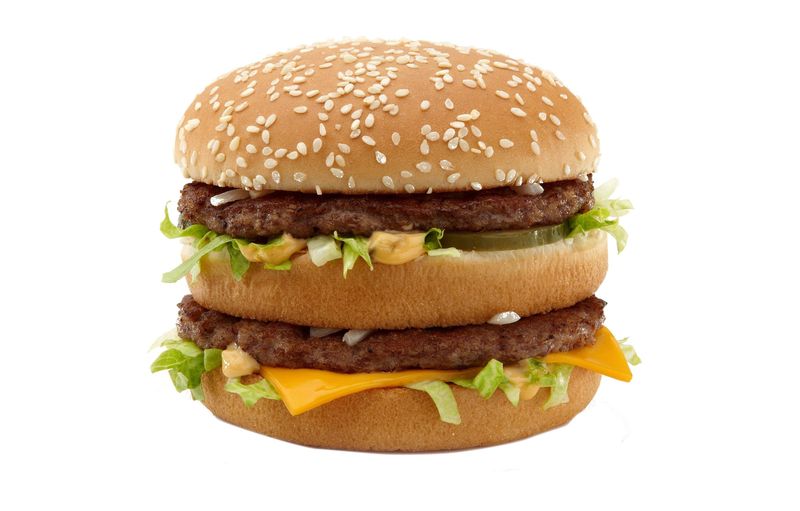
The iconic Big Mac by McDonald’s, introduced in 1967, revolutionized the fast food industry with its unique two-patty structure. Originally priced at just 45 cents, it quickly became a customer favorite.
The sandwich’s special sauce added a distinctive taste that set it apart from other burgers. Its invention marked a turning point for McDonald’s, propelling them to global fame.
Despite its popularity, the Big Mac has also been criticized for its nutritional content, sparking debates about health and fast food. The Big Mac remains a symbol of American fast food culture.
Burger King’s Whopper

Created in 1957, the Burger King Whopper was designed to offer a premium burger experience at an affordable price. It introduced the concept of “Have It Your Way,” allowing customers to customize their burgers.
The Whopper’s flame-grilled patty became its signature feature, differentiating it from competitors. This innovation led to its immense popularity, establishing Burger King as a major player in the fast food market.
Despite being a beloved burger, the Whopper has faced scrutiny over its environmental impact and nutritional value. It remains a staple in the fast food world.
KFC’s Original Recipe Chicken

Kentucky Fried Chicken’s Original Recipe Chicken, developed by Colonel Harland Sanders, transformed the fast food landscape with its secret blend of 11 herbs and spices.
First served in 1939, it brought Southern-style fried chicken to the masses. The unique pressure frying method ensured a crispy texture and moist interior, setting KFC apart from competitors.
This innovation not only popularized fried chicken worldwide but also laid the foundation for KFC’s global expansion. The Original Recipe remains a closely guarded secret, contributing to its enduring allure and success.
Taco Bell’s Crunchwrap Supreme

Introduced in 2005, Taco Bell’s Crunchwrap Supreme quickly became a sensation, thanks to its unique design that combines multiple textures and flavors.
The innovative wrap offers a crunchy tostada shell surrounded by beef, nacho cheese, and fresh vegetables, all encased in a soft tortilla. It caters to on-the-go consumers looking for a satisfying meal without the mess.
Despite its success, the Crunchwrap Supreme has been criticized for its high sodium content. Nevertheless, it remains a favorite among Taco Bell fans, showcasing the brand’s creative approach to fast food.
Subway’s Footlong Sandwich
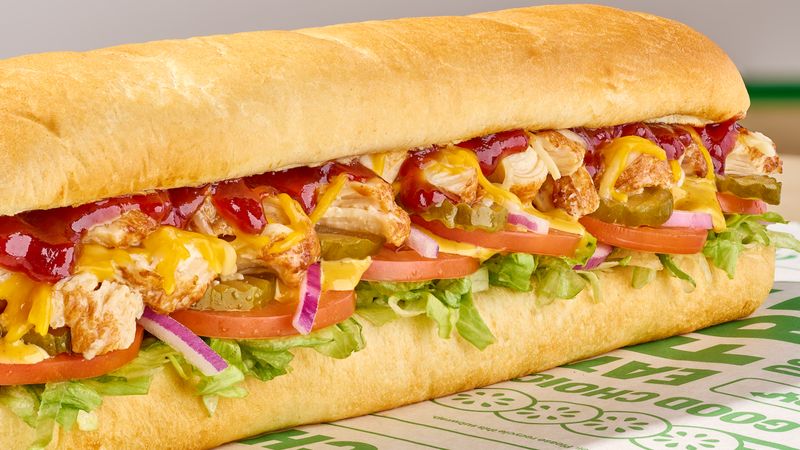
Subway’s Footlong Sandwich, launched in the 1980s, redefined the fast food industry by offering healthy and customizable meal options.
The concept of a foot-long sandwich allowed customers to choose from a wide range of breads, meats, and toppings, promoting healthier eating habits on the go. This approach resonated with health-conscious consumers seeking alternatives to traditional fast food.
Despite its popularity, Subway faced controversy over “footlong” measurements, leading to legal challenges. The Footlong Sandwich continues to be a cornerstone of Subway’s menu, highlighting the demand for personalization in fast food.
Pizza Hut’s Stuffed Crust Pizza
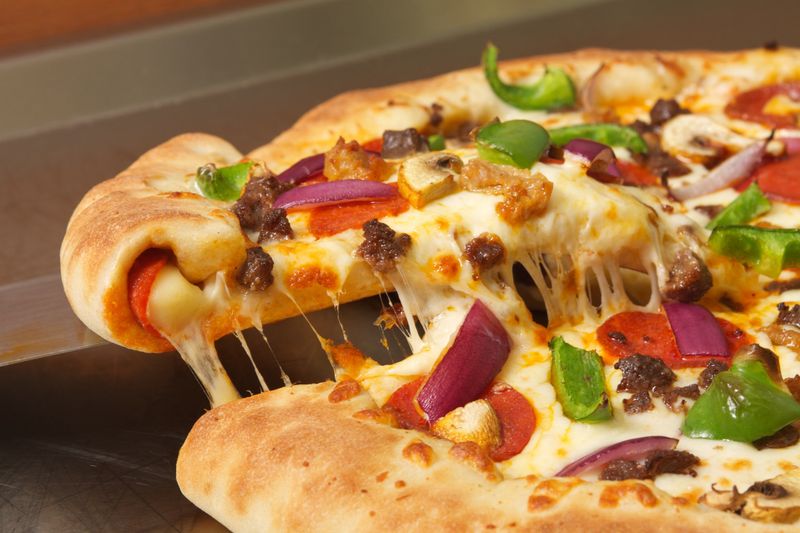
Pizza Hut’s Stuffed Crust Pizza, launched in 1995, turned the pizza industry on its head by filling the crust with gooey cheese.
This innovation not only enhanced the pizza experience but also attracted cheese lovers worldwide. The marketing campaign cleverly invited consumers to eat the pizza crust-first, creating a lasting impression.
Despite its initial criticism as a gimmick, the Stuffed Crust Pizza has become a beloved menu item. It paved the way for further pizza innovations and remains a testament to Pizza Hut’s ability to think outside the box.
Wendy’s Spicy Chicken Sandwich
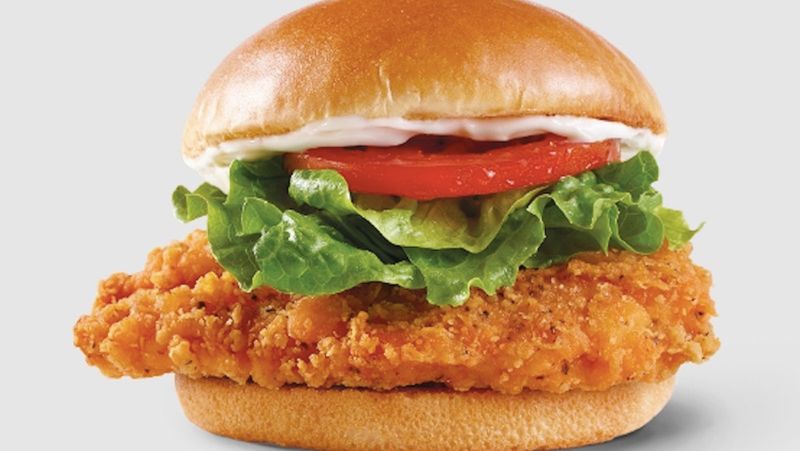
Wendy’s Spicy Chicken Sandwich, introduced in 1996, offered a bold alternative to traditional chicken sandwiches with its flavorful kick.
The spicy breading and crispy texture made it stand out, appealing to those seeking a little heat in their meal. This innovation contributed to Wendy’s reputation for quality and variety.
However, the sandwich’s spiciness has been a point of contention, with some customers finding it too intense. Despite this, it remains a popular item, showcasing Wendy’s commitment to offering diverse menu options.
Arby’s Curly Fries
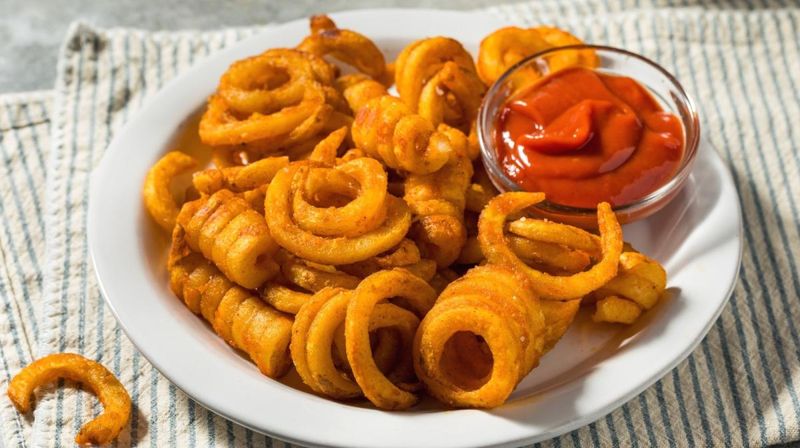
Arby’s Curly Fries have been a fan favorite since the 1980s, offering a unique twist on traditional fries with their spiral shape and seasoned coating.
The curly fries’ crispy texture and distinctive flavor have set them apart, complementing Arby’s menu of sandwiches and meats. They’ve become a signature side item, beloved by many.
Though loved by many, they’ve faced challenges with consistency in texture and seasoning. Nevertheless, Arby’s Curly Fries remain an iconic fast food item, celebrated for their playful shape and savory taste.
Domino’s Pizza Tracker
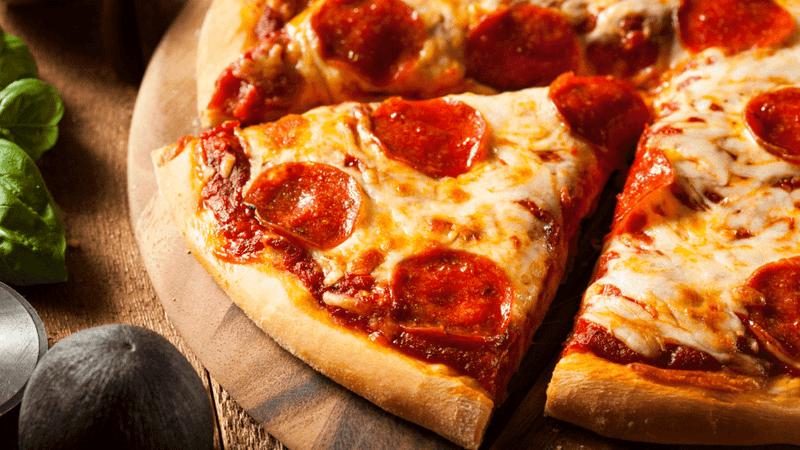
In 2008, Domino’s revolutionized the pizza delivery experience with its Pizza Tracker, allowing customers to track their orders in real-time.
This innovation provided transparency and improved customer satisfaction, as it gave insight into the order process from preparation to delivery. The tracker set a new standard for customer service in the fast food industry.
While some criticize it for data privacy concerns, the Pizza Tracker remains a popular feature, illustrating Domino’s commitment to technological advancements and customer engagement.
McDonald’s McRib
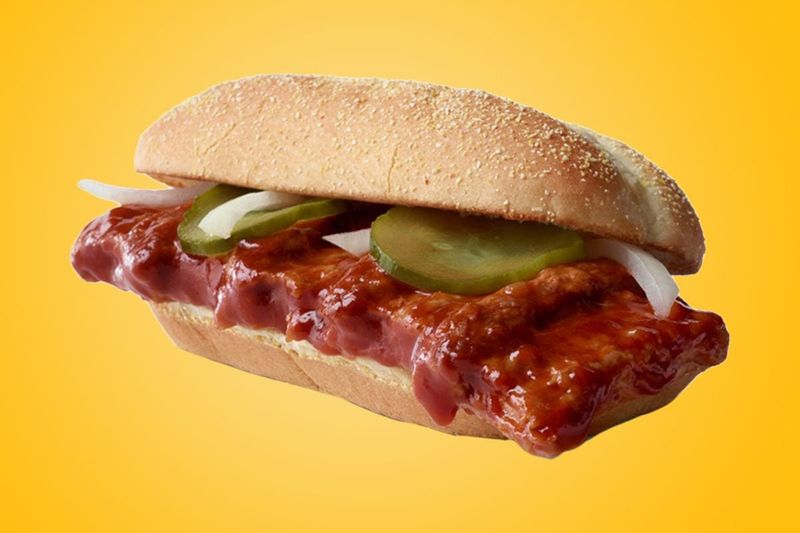
The McRib, first introduced in 1981, is one of McDonald’s most intriguing menu items, known for its periodic reappearances.
This boneless pork sandwich, slathered in tangy barbecue sauce, offers a unique taste experience. Its appeal lies in its rarity, with fans eagerly awaiting its return.
Despite its cult following, the McRib has faced criticism for its ingredients and inconsistencies in availability. Yet, it remains a testament to McDonald’s marketing prowess and ability to create excitement around limited-time offerings.
Chick-fil-A’s Chicken Sandwich
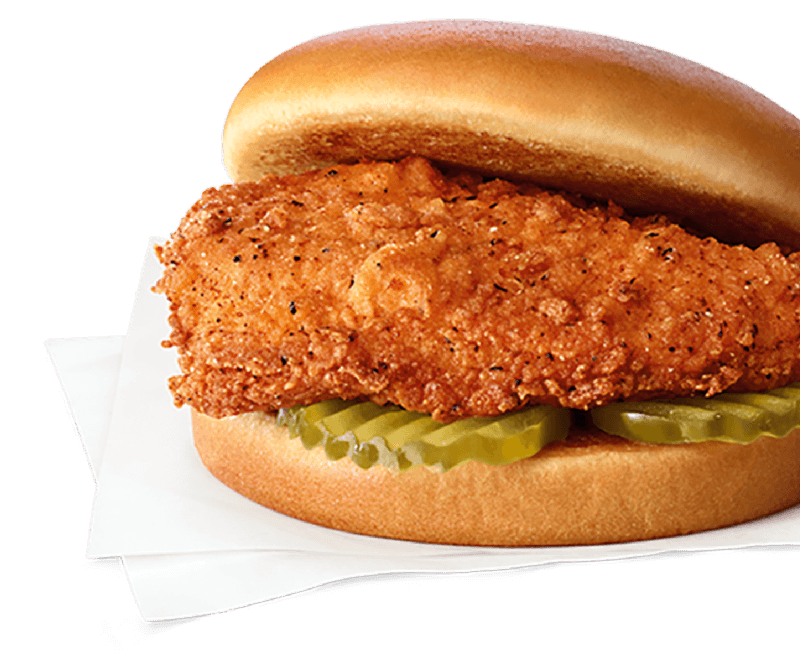
Chick-fil-A’s Chicken Sandwich, introduced in 1964, is a classic that has defined the brand’s commitment to quality and flavor.
The simplicity of a seasoned, breaded chicken breast on a toasted bun with pickles created a timeless appeal. This sandwich laid the foundation for Chick-fil-A’s success in the chicken-focused fast food market.
Despite controversies surrounding the company’s policies, the Chicken Sandwich remains a beloved item, praised for its taste and quality. It exemplifies Chick-fil-A’s ability to maintain consistency and customer loyalty.
Dunkin’s Original Glazed Donut

Dunkin’s Original Glazed Donut has been a staple for donut lovers since its inception, offering a classic taste that satisfies sweet cravings.
The simplicity of the donut’s design, with its light and airy texture, has made it a favorite for decades. Its iconic status has contributed to Dunkin’s identity as a leading coffee and donut chain.
Though many flavors have come and gone, the Original Glazed Donut remains a bestseller, highlighting the power of simplicity and tradition in fast food.
Popeyes’ Chicken Sandwich
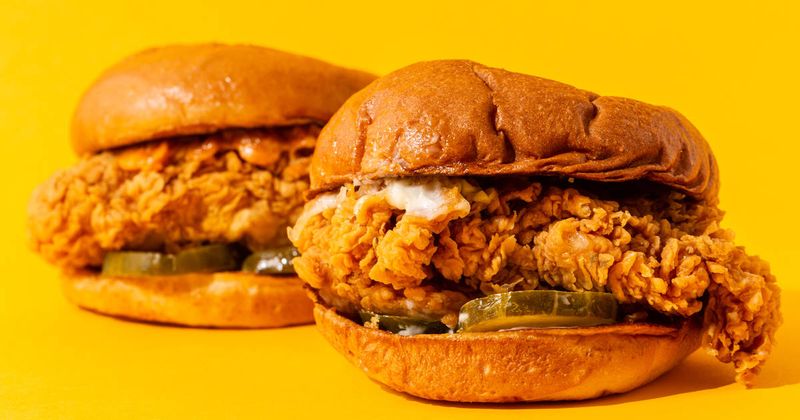
Popeyes’ Chicken Sandwich, launched in 2019, took the fast food world by storm with its crispy, juicy chicken and bold flavors.
This sandwich ignited the “Chicken Sandwich Wars,” spurring competition among major fast food chains. Its instant popularity led to nationwide sellouts and a social media frenzy.
Despite the chaos, Popeyes’ Chicken Sandwich highlighted the demand for quality and innovation in fast food. It remains a sought-after item, praised for its taste and texture, reshaping the landscape of fast food offerings.
Sonic’s Cherry Limeade

Sonic’s Cherry Limeade has been quenching thirsts since its introduction, offering a refreshing alternative to traditional sodas.
The combination of sweet cherry syrup and tangy lime juice served over crushed ice creates a delightful experience, reminiscent of classic drive-in days. This beverage has become a signature item, celebrated for its unique taste and nostalgic appeal.
While some find it too sweet, the Cherry Limeade remains a popular choice, exemplifying Sonic’s commitment to offering a diverse and nostalgic menu.
Starbucks’ Pumpkin Spice Latte
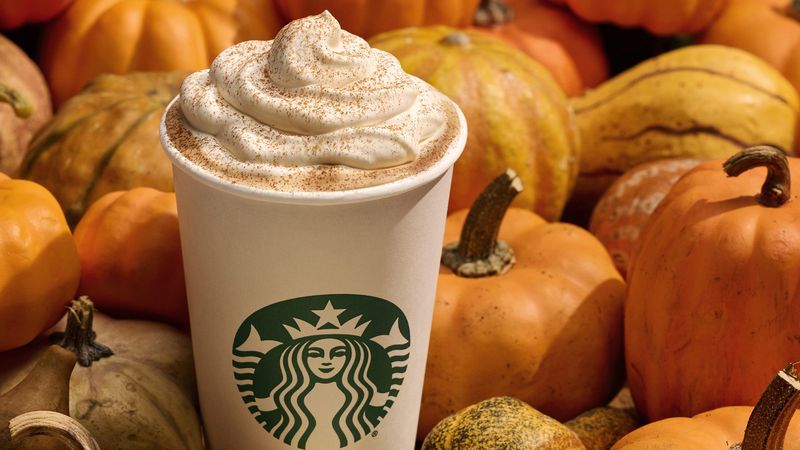
Starbucks’ Pumpkin Spice Latte, first launched in 2003, has become an autumnal icon, heralding the arrival of fall.
The blend of espresso, steamed milk, and pumpkin spice flavors captures the essence of the season, making it a must-have for many. This seasonal drink has become a cultural phenomenon, often associated with the “basic” trend.
Despite its critics, the Pumpkin Spice Latte remains a beloved seasonal offering, driving sales and inspiring countless imitations. It highlights Starbucks’ ability to create a sense of occasion through limited-time offerings.
Starbucks Unicorn Frappuccino
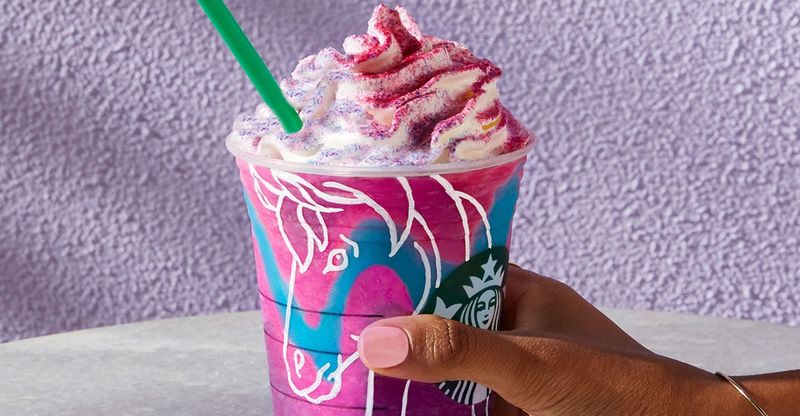
Starbucks introduced the Unicorn Frappuccino as a limited-time offer. Its vibrant colors and sweet, tangy flavors were an instant hit, sparking social media frenzies. However, the high sugar content drew criticism from health advocates.
Some fans loved the novelty, while others found it overwhelming. The drink’s popularity was undeniable, yet its health implications couldn’t be ignored. This dichotomy highlighted society’s ongoing struggle between indulgence and wellness.
Did you know? The Unicorn Frappuccino’s release led to a surge in similar colorful concoctions from other brands, each trying to capture the same viral magic.
Pizza Hut’s Crown Crust Pizza
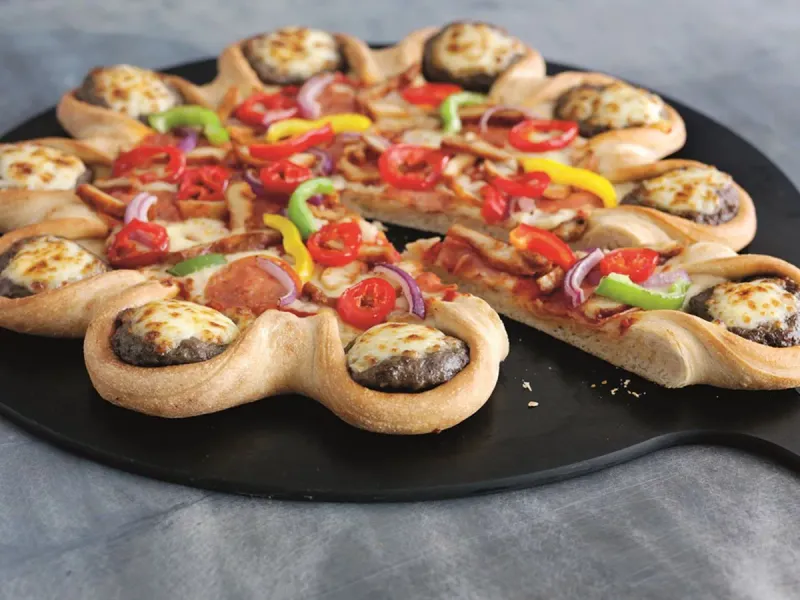
Pizza Hut’s Crown Crust Pizza pushed boundaries by embedding mini cheeseburgers in its crust. This innovation attracted attention for its whimsical approach to pizza.
The pizza itself was a spectacle, aimed at those seeking a decadent, multi-flavored experience. While many praised its creativity, others criticized it for being excessive.
Fun fact: This pizza was part of a limited-time offer in select markets, yet it remains a talking point among foodies worldwide. The creation paved the way for future culinary fusions in the fast-food industry.
McDonald’s Hula Burger
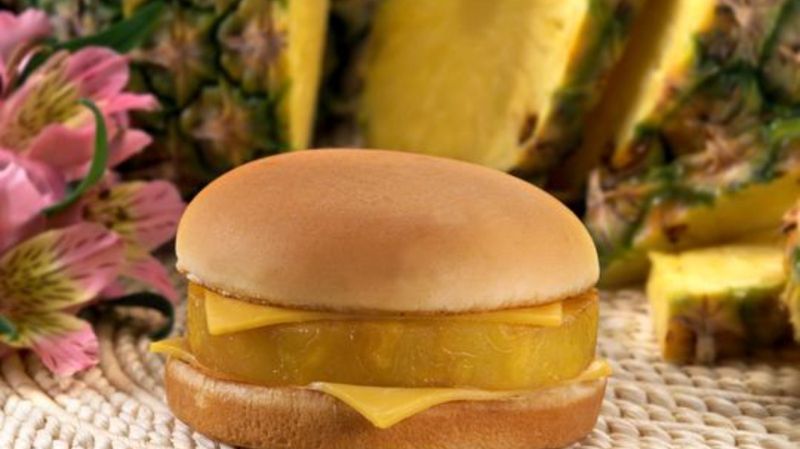
In the 1960s, McDonald’s introduced the Hula Burger, a meatless option featuring a grilled pineapple slice. It was created to appeal to Catholic customers abstaining from meat on Fridays.
The idea, though innovative, failed to capture the market. Customers preferred the Filet-O-Fish, leading to the Hula Burger’s discontinuation. The experiment, however, showcased McDonald’s willingness to explore new territory.
Despite its short-lived existence, the Hula Burger remains a fascinating footnote in fast-food history, highlighting a time when brands were eager to innovate and adapt to cultural practices.
Burger King’s Halloween Whopper
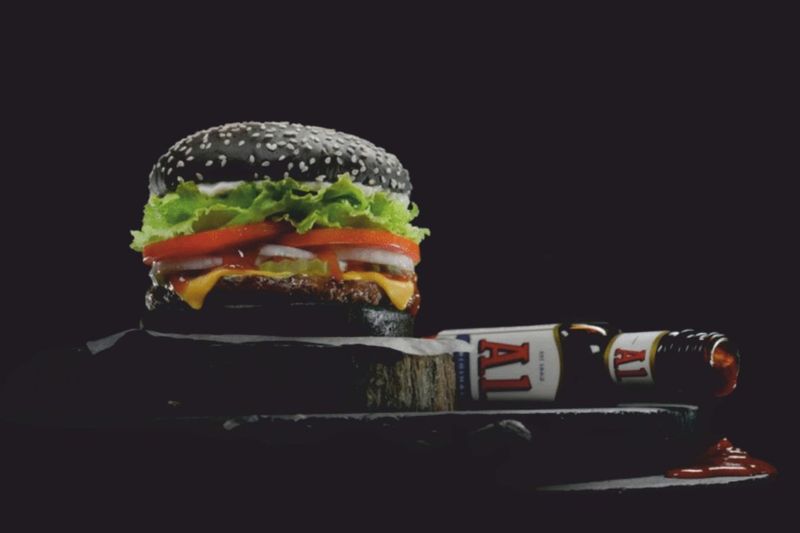
Burger King’s Halloween Whopper, with its black bun, was a bold seasonal offering. The color came from A1 sauce baked into the bun, making it a striking visual treat.
While the taste was familiar, the appearance sparked conversation and curiosity. However, it was the unexpected side effect of turning consumers’ stool green that drew the most attention.
This quirky twist became a viral topic, overshadowing the burger’s initial spooky appeal. Despite the controversy, the Halloween Whopper remains a memorable chapter in the annals of fast-food marketing.
Colgate Kitchen Entrees
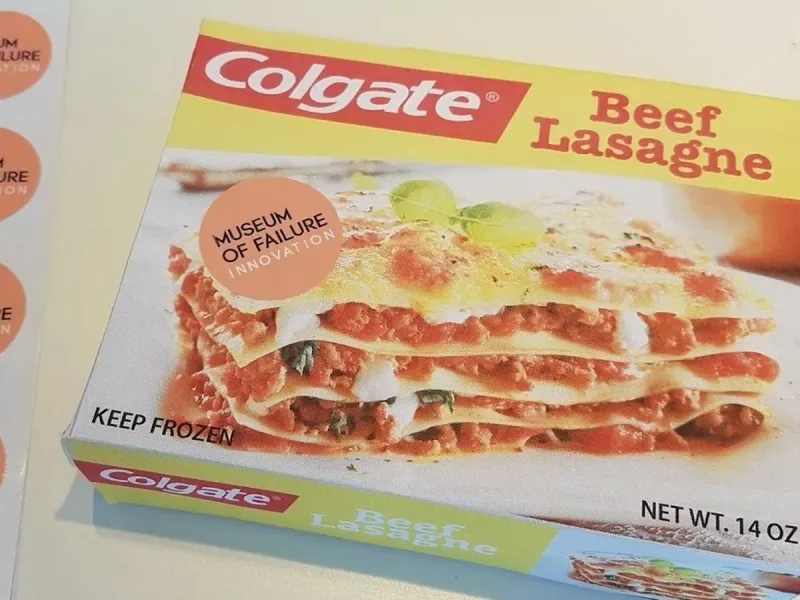
Colgate, known for toothpaste, ventured into frozen foods with Colgate Kitchen Entrees. This surprising move baffled customers who associated the brand with oral hygiene.
Despite efforts to market the meals, the association with toothpaste proved too strong. Consumers struggled to embrace the idea of eating a Colgate-branded dinner.
Though short-lived, this venture is often cited in discussions about brand identity and diversification pitfalls. The experiment serves as a reminder of the challenges involved in crossing industry lines.
Taco Bell’s Naked Chicken Chalupa

Taco Bell’s Naked Chicken Chalupa challenged conventions by replacing the traditional tortilla with a shell made entirely of fried chicken. This innovation drew attention for its bold departure from norms.
The chalupa offered a unique texture contrast, combining crispy chicken with fresh vegetables. While praised for creativity, it also faced scrutiny for its nutritional content.
This item exemplifies Taco Bell’s willingness to push culinary boundaries, offering consumers a novel experience that blends familiar flavors in unexpected ways. It sparked similar innovations in the fast-food arena.
McDonald’s Arch Deluxe

The Arch Deluxe was McDonald’s attempt to appeal to a more sophisticated palate in the 1990s. Marketed as a ‘grown-up’ burger, it featured a distinct sauce and premium ingredients.
Despite a high-profile campaign, the burger struggled to find its niche, leading to its discontinuation. The marketing focused on adult themes, which alienated the traditional fast-food demographic.
This endeavor is often analyzed as a case study in branding and market segmentation, illustrating the challenges of shifting a well-established brand narrative.
Burger King’s Satisfries
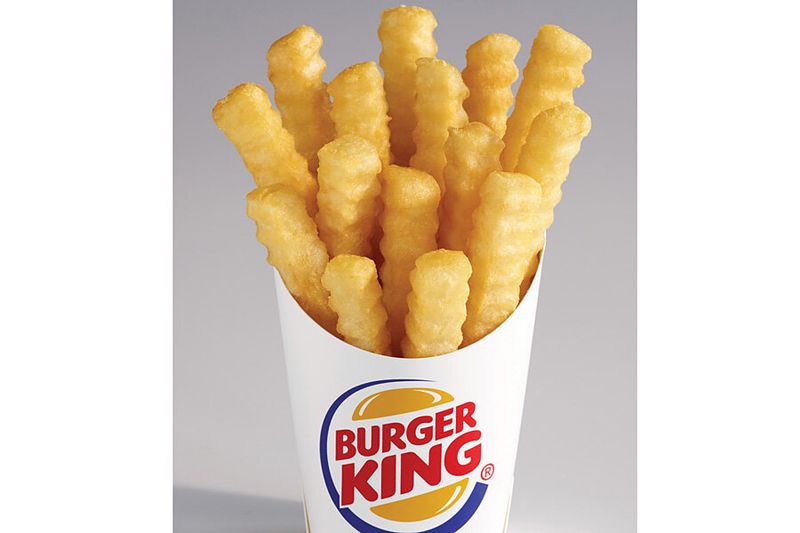
Satisfries were Burger King’s healthier alternative to traditional fries, using a unique batter to absorb less oil. Introduced as a guilt-free option, they aimed to attract health-conscious consumers.
Although initially popular, they failed to sustain interest. The perception of fast food as indulgent clashed with the health-oriented message.
Satisfries demonstrate the complexity of aligning fast-food offerings with evolving consumer preferences. Despite their eventual discontinuation, they remain a notable effort in the pursuit of healthier fast-food solutions.
Leave a comment